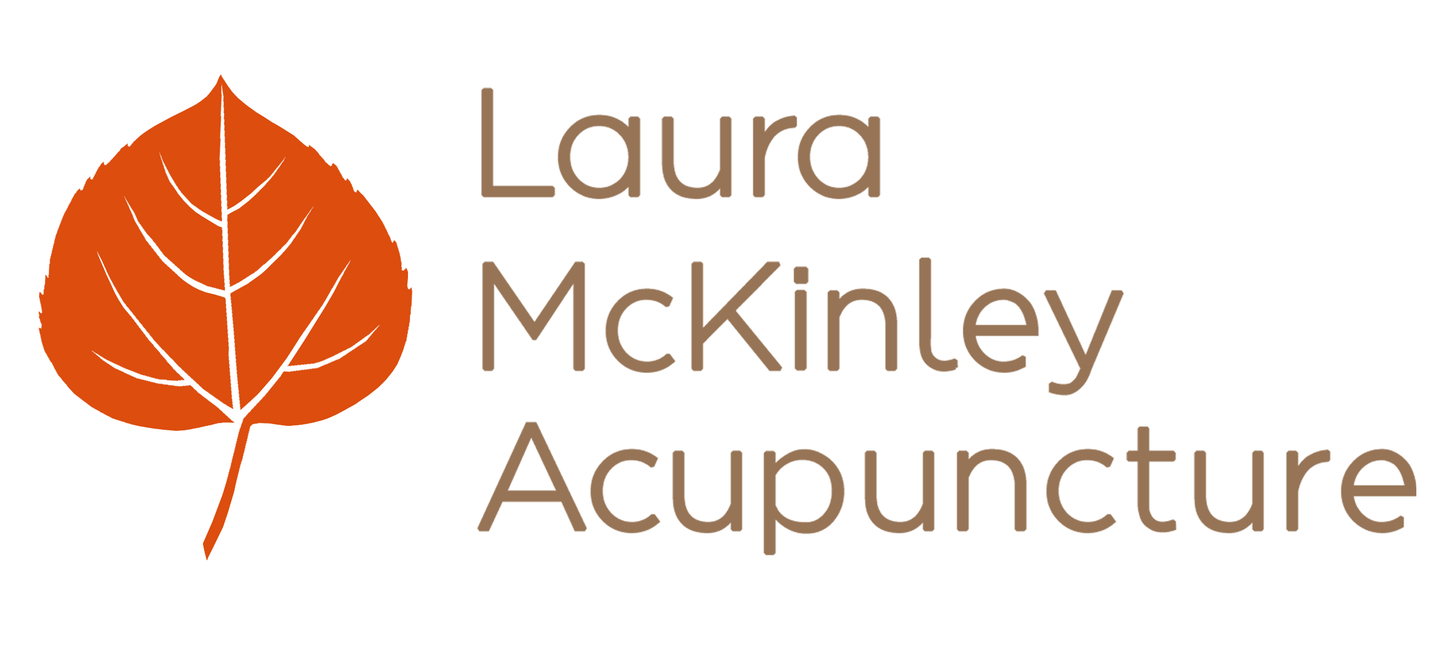Female Fertility: How to Track your BBT
/Whenever I work with a female client who is ready to get pregnant, my first question is always, "Are you tracking your BBT?" Basal Body Temperature, or BBT, data is the number one tool I use to assess where to begin with female fertility clients. Combining this western technique with the eastern tools of tongue and pulse diagnosis as well as detailed questioning about menstrual health and history is key to using acupuncture to boost fertility health.
How Does Acupuncture Help Fertility?
When it comes to female fertility, I focus on three three main factors: egg quantity, egg quality, and uterine environment. Western fertility medicine does a great job of increasing egg quantity; medications like clomid are used to increase the number of mature eggs a woman produces during a given cycle. Western fertility doctors also use medications and lab tests to assess and stabilize the uterine environment. Eastern medicine, including acupuncture and Chinese herbalism, focuses on quality over quantity in regards to fertility. Rather than making a woman produce more eggs for ovulation, acupuncture helps a woman produce the very best egg she can at just the right time while also working to ensure her uterus is as cozy and welcoming as possible for a fertilized egg to implant in.
What is Basal Body Temperature?
"Basal" derives from the word, "base." Your Basal Body Temperature is your temperature when your body is at rest, which is your personal "base." Our bodies are most at rest when we are asleep. In order to accurately assess your BBT, you need to track it daily at the same time, immediately upon waking and before moving around.
"Why Does My BBT Matter?"
A woman's BBT data provides a complete picture of her hormonal health in relation to her cycle. When trying to get pregnant, we need to know if a woman is ovulating, as well as how her stable her body is before and after ovulation. Estrogen and progesterone are often considered the two dominant hormones of the menstrual cycle. The first half of your cycle is called the follicular phase, as you are busy developing an egg-containing follicle. The follicular phase is dominated by estrogen, which is a "cooler" hormone in comparison to progesterone. At ovulation, this follicle releases your egg to travel down the fallopian tubes for fertilization. The follicle then collapses and we call it a "corpus luteum." The corpus luteum releases progesterone, which dominates for the second half of your cycle, called the luteal phase. Since progesterone is "warmer" than estrogen, a woman's BBT is higher during the second half of her cycle than during the first. Bottom line: a BBT chart will indicate whether or not a woman is ovulating, as well as how stable her follicular and luteal phases are, both of which contribute to likelihood of implantation.
How to Track Your BBT
There are a number of companies which sell expensive tools to track your BBT, such as bracelets you wear overnight which calculate your BBT for you. These are great, but tracking your BBT doesn't have to cost much more than your time and dedication.
Supplies Required
- Oral thermometer which reads to the 1/10th degree Fahrenheit (1/100th if you love Celsius). You do not need to buy the fancy shmancy pink-taxed overpriced "Fertility Thermometer." A regular thermometer works just fine.
- Alarm Clock
- Pen & Paper or an App for your phone
Steps
- Put the thermometer next to your bed and set your morning alarm. It is imperative that you track your temperature at the same time every day. This means if you wake up at 6 for work, you have to wake up at 6 on the weekends to track your temp. Go to sleep.
- When your alarm goes off, take your temperature without getting out of bed. The goal is to have the least amount of movement possible between waking (that is, being at rest) and taking your temp, so minimize wiggling and try not to stretch before taking your temp.
- Record your temperature to the 1/10 degree. For example: 97.1. If you are e-charting and want to fall back asleep without getting into your phone, be sure to have a pen and paper next to your bed to jot down your temp for later input to your e-tracker.
- When you track your temperature, be sure to notate any of the following, as these can change your body temperature: taking temperature at a different time than usual, if you drank alcohol the night before, if you have a cold or feel sick, if you slept poorly, or if you got less than 3 hours of sleep.
That's it, you did it! Not too hard, right? Do this every day for the course of your cycle to have a BBT chart which will provide a lot of information about your fertility.
For charting, I highly recommend downloading a period or fertility tracker app on your phone. Most period tracking apps will have a BBT charting function included. These work great as you can track all sorts of symptoms: period flow and length; symptoms that accompany your period like bloating, cramps, moodiness, etc.; BBT temps, cervical mucus, ovulation kit results, and more. You can easily find a free downloadable BBT chart online if you prefer to track on paper.
"But, Isn't BBT Charting Tedious?"
The short answer is, yes, kind of, in a very small way. Remember what the end goal is. You are trying to get pregnant and bring a new human into the world. If the idea of waking up every morning for 30 seconds to jot down your temperature sounds daunting, it may be time to have a frank conversation with yourself about how life will change as your family grows.


